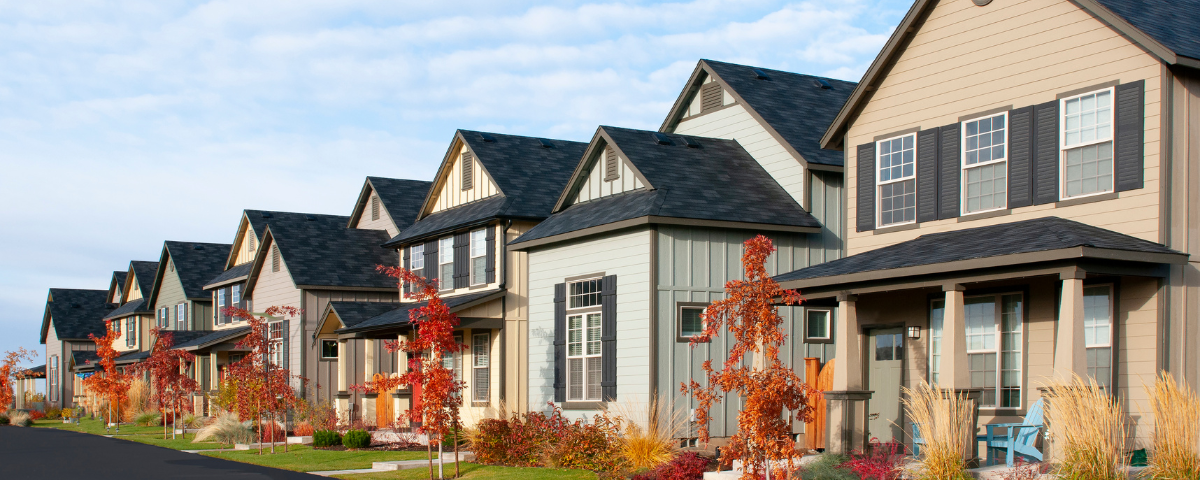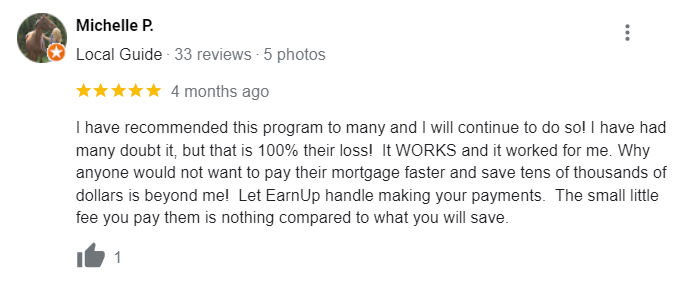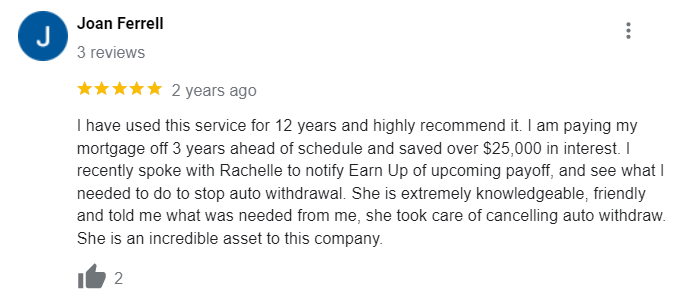I want to tell you something that might shock you: nearly half of all homeowners and renters in the U.S. are struggling to keep a roof over their heads. That’s right, 49% are making major sacrifices just to make their monthly housing payments, and it’s time we talk about the struggles with housing payments in America.
We’re talking skipping meals, working crazy overtime shifts, borrowing money from family – the works. And it’s not just low-income folks either. Even those who recently bought homes at sky-high mortgage rates are feeling the squeeze.
The truth is, housing costs have gotten out of control. And the consequences are dire – we’re talking dipping into retirement savings, racking up credit card debt, and putting our mental health on the line. But here’s the thing: there are ways to cope and even thrive in the face of this crisis. Ready to dive in?
The Growing Struggle with Housing Payments in the U.S.
For millions of Americans, keeping a roof over their heads has become an increasingly daunting challenge. As housing costs continue to soar, more and more people find themselves struggling to make their monthly payments. A recent survey by Redfin paints a grim picture: nearly half (49%) of U.S. homeowners and renters are grappling to afford their housing expenses. This stark reality is forcing many to make significant sacrifices just to maintain a place to call home.
Sacrifices Made to Afford Housing
The lengths people are going to just to keep up with their housing payments are both eye-opening and heartbreaking.
For some, it means foregoing basic necessities like food – 22% reported skipping meals to make ends meet. Others are putting in extra hours at work (20.7%) or selling off their belongings (20.6%). Even more concerning, 17% have had to borrow money from loved ones, while a similar percentage has dipped into their retirement savings. These sacrifices are not just financial; they’re also taking a toll on people’s health.
A staggering 15.6% have delayed or skipped necessary medical treatments due to the financial strain of housing costs. For those who have recently purchased a home, the situation is particularly challenging.
With mortgage rates hovering between 7% and 8%, many new homeowners are facing significantly higher monthly payments than they anticipated. This surge in mortgage rates is putting a squeeze on household budgets, leaving little room for anything else. It’s a far cry from the historically low rates of recent years that made homeownership more accessible for many.
Renters Facing Unprecedented Challenges
Renters aren’t faring any better in this housing crisis. As we entered 2024, rent prices were nearly 6% higher than the previous year, according to reports. This rapid increase in rental costs is outpacing wage growth, leaving many renters struggling to keep up. The situation is particularly dire in major cities where the demand for rental properties far exceeds the supply. As Americans grapple with the financial burden of housing, they’re turning to various coping mechanisms.
For 22%, that means selling off personal belongings to generate extra cash. Another 20% have had to swallow their pride and borrow money from family or friends. These desperate measures underscore the severity of the housing affordability crisis and its far-reaching impact on people’s lives.
The Dire Consequences of High Housing Costs
The consequences of sky-high housing costs extend far beyond the immediate struggle to make monthly payments.
For 14% of millennials, it’s meant dipping into their retirement savings – funds meant to secure their financial future. Meanwhile, total credit card debt in the U.S. surpassed $1 trillion for the first time last year, as more people rely on plastic to cover basic expenses. This mounting debt threatens to create a long-term financial hole that will be difficult to climb out of. Interest rates play a crucial role in determining the affordability of housing. When rates are high, as they are now, it makes borrowing more expensive and puts homeownership out of reach for many. However, there may be a glimmer of hope on the horizon. Economists are cautiously optimistic that the Federal Reserve could cut interest rates this year, which would provide some relief for homeowners and potential buyers.
The Income Gap and Housing Affordability Crisis
At the heart of the housing affordability crisis lies a widening gap between incomes and the cost of housing. The average American household earns about $30,000 less than what’s needed to afford a median-priced home.
This disparity is particularly stark in high-cost areas where even dual-income families struggle to keep up with housing expenses. It’s a sobering reminder that the American Dream of homeownership is slipping out of reach for many. As the housing affordability crisis deepens, it’s clear that innovative solutions are needed. Some experts are calling for a significant increase in the supply of affordable housing, particularly in high-demand areas. Others advocate for policies that incentivize developers to build more entry-level homes and apartments. There’s also a growing push for rent control measures to help stabilize costs for tenants.
The Psychological Toll of Housing Insecurity
The stress of struggling to afford housing takes a heavy psychological toll. The constant worry about making rent or mortgage payments can lead to anxiety, depression, and other mental health issues. This housing insecurity also has ripple effects on family dynamics, work performance, and overall quality of life. It’s a burden that weighs heavily on the minds and hearts of millions of Americans.
Navigating Government Assistance Programs for Housing
For those struggling to afford housing, government assistance programs can provide a lifeline. However, navigating the complex web of federal, state, and local resources can be daunting. From Section 8 vouchers to down payment assistance programs, there are a variety of options available. The key is knowing where to look and how to apply. Housing counselors and nonprofit organizations can be invaluable resources in this process, helping people understand their options and access the support they need.
Millions in the U.S. are making tough sacrifices to keep a roof over their heads, from skipping meals to selling belongings. With housing costs skyrocketing, Americans are facing mounting debt and mental health issues, highlighting the urgent need for innovative solutions and accessible help.
FAQs in Relation to Struggles With Housing Payments in America
What percent of Americans can’t afford housing?
Nearly 30% struggle to cover housing costs, caught between high prices and stagnant wages.
How many people can’t afford rent in the US?
Around 20 million Americans juggle bills to keep their rental roofs overhead as rents outpace incomes.
Conclusion
Struggles with housing payments in America are all too real. We’ve seen how rising costs are forcing folks to make unthinkable sacrifices just to keep a roof over their heads.
But here’s the thing: you’re not alone in this fight. You’ve got options galore—from smart plans to groundbreaking tricks—all aimed at making living spaces more budget-friendly.
So don’t lose hope. Keep pushing forward, exploring your options, and advocating for change. Because at the end of the day, everyone deserves a safe, stable place to call home – without having to choose between rent and groceries.
Looking forward isn’t exactly looking easy – however teaming up gives us strength towards turning basic shelter into an undeniable right for all. Where no one has to struggle just to have a place to lay their head at night.
So let’s roll up our sleeves and get to work. The quest for housing that doesn’t break the bank begins right this moment.









